The fierce conflict that erupted in Tel Aviv’s Dizengoff Square on Yom Kippur showed how a classic political philosophy problem can come to blows. Religious organization Rosh Yehudi asked the city–seen as the bastion of civil rights and secular progress–for permission to hold an outdoors prayer with segregation between men and women. Municipal authorities refused: Tel Aviv does not hold segregated public events, a creeping problem in many municipalities in Israel. Rosh Yehudi leaders appealed the decision to the Tel Aviv District Court and were rebuffed, and nevertheless mysteriously announced that they have found a way to hold the prayer in a way that “upholds both halakhah and the law.” At the event, this way was unveiled: they did bring screens and dividers, and some of them were armed.
Secular people, angry at Rosh Yehudi’s flouting of the city and court mandates, interrupted the prayer loudly with noise and protest and removed the barriers. For religious people, this was a difficult sight to bear, as Yom Kippur is one of the only bastions of public religiosity that used to be tolerated and protected by the secular majority. Here is footage of the incident:
For more on this, you can listen to this interesting podcast, or read the opposing views of Daniela Gan Lerer and Meital Pinto. The incident also splintered the protest movement, as some thought the provocation would be counterproductive while others expressed the awakening of the secular public from decades of religious coercion.
To me, the incident underscored how much the serious issues that philosopher Moshe Mendelssohn raised in his book Jerusalem are still vividly present–and how they arise in Israel in much the same way that they arose in Germany in the late 18th century. Mendelssohn, a bright light of Western philosophy, in conversation with other Enlightenment greats like Lessing, Dohm, and Kant–whom he beat at an essay competition!–lived a life of deep contradiction (read all about his life in Leora Batnitzky’s book How Judaism Became a Religion.) He was an observant Jew who was at the same time versed in fresh Western philosophy; he wrote commentary on the Torah (which would later be banned by ultra-orthodox authorities) as well as hobnobbed with Berlin’s intelligentsia–even as he had to enter the city, where his own living situation was precarious due to his Jewishness, through the animal gate; he presented Judaism, to non-Jews, as a religion of reason, superior to Christianity in terms of its compatibility with science and reason, lauded ideals of the Enlightenment era, while at the same time explaining the importance of the embodied rituals that made Jews seem so alien to, and othered in, their European surroundings.
The advent of the modern state and the earnest focus on equality and civil rights (along with all the glaring blind spots that it had) brought to the forefront what came to be known as “the Jewish Question”: up until then, as my beloved dad described in his wonderful short story collection, Jewish communities lived amongst themselves, not really mixing up much with the general population, not regarded as full citizens, steeling themselves against pogroms and general hostility from the surrounding community, and pretty much self-governed by their own rabbis and authorities. But with new winds of civil rights and citizenship blowing in European countries, mostly in Germany, some thinkers figured that better integration and civil rights should be granted to Jews. For some thinkers, offering citizenship to Jews was important for the improvement of the Jews themselves, who were deemed backward and reviled based on their dress and customs (as well as their financial occupations); but for Mendelssohn, offering citizenship to Jews was important because Judaism should be regarded as a religion–the person’s private business, between them and their religious community–rather than a membership card in a political entity. In other words, one can be Jewish in their own home, following the customs and halakhic directives, and a full-fledged German or French citizen in the public sphere. The difference between religion and state, posited Mendelssohn, was the source of its power:
The state dictates and coerces; religion teaches and persuades. The state enacts laws; religion gives commandments. The state is armed with physical force and makes use of it if need be; the force of religion is love and benevolence.
This was directed especially as a critique of the practice of religious excommunication: Mendelssohn did not want to accord to religious leadership the statelike power of obliterating a person from their membership lists based on their inner faith or beliefs.
What’s remarkable about Mendelssohn’s writings, and his massive influence on the haskalah movement, is that they centered around the question of Jewish citizenship in European countries. The notion that Jews might at some point be citizens in their own nation-state did not come into the conversation. Just a few decades later, when the Hamburg temple would reform its liturgy, one of its main innovations would be prayer in German rather than in Hebrew, under the assumption that Hebrew was a dead language, irrelevant to the lives of the German-speaking congregation. The idea that, one day, Jewish people would congregate in a public place and pray in Hebrew was unimaginable.
The kicker is this: As my late, beloved colleague Gad Barzilai famously wrote in his book Communities and Law, most of the writings on multiculturalism–in many ways, a continuation of the Enlightenment-era debate–are the work of political philosophers examining the adaptation of ethnic and religious groups to largely Western societies in the United States, Canada, and Europe (Waldron, Nozick, Kymlicka, Parekh). Very little of this has engaged with non-Western societies, and particularly with Middle Eastern societies. Which brings us back to the peculiarities and endemic characteristics of the Yom Kippur conflict. One of the main admonitions of the protesters in the public debate about this was that the prayer gathering was deliberately (and provocatively) planned to take place not only in open, public place, but at a bastion of secularity. “If they want to pray with gender segregation,” goes the argument, “they are more than welcome to do so–in their own orthodox synagogues.” This argument, for me, echoes a Mendelssohnian concept of Israel as a European nation-state: the power of the state is secular and secularizing, and religion should be kept as the person’s private business, conducted in their private sphere, and certainly not endorsed by the state apparatus.
Contrast this to the position held by the organizers of the prayer gathering. Their position implies that Israel, unlike the Mendelssohnian state, boasts a unique religion-state nexus through its declaration of independence as a “Jewish and democratic country”, and has a special, privileged position for the Jewish faith that must be respected in the public sphere. The battles along this lines are many and varied, and only recently included the big blow-up over keeping Passover kashrut laws within public hospitals.
It may well be that “Jewish and democratic” are not harmonizable ideas, and that this conflict, along with its other manifestations, has brought to a head the fact that multicultural theories can produce neat analyses (and clearly defined disagreements) only in the situation that Mendelssohn and his intellectual progeny could envision: a seemingly secular state contrasted with religious subgroups. But even this is a bit farcical. The extent to which German society, presumably sterilized from religious contamination, was truly that–with Judaism having the same relationship with it as, say, Christianity–is highly dubious, and we know that many philosophers of the era (even Kant!) explicitly discussed religious elements in their state theories. Could it be that the relationship of religious Jews with their Jewish-and-democratic state is, in some way, analogous not to the relationship of Jews with 18th century Germany, but rather to the sublimated, seemingly invisible relationship of Christians and Christianity with 18th century Germany? If so, what this conflict does is bring to the forefront a sticky problem that permeated not Mendelssohn’s thinking, but the thinking of his contemporaries, who mistook hegemony for secularity and habitus for neutrality.

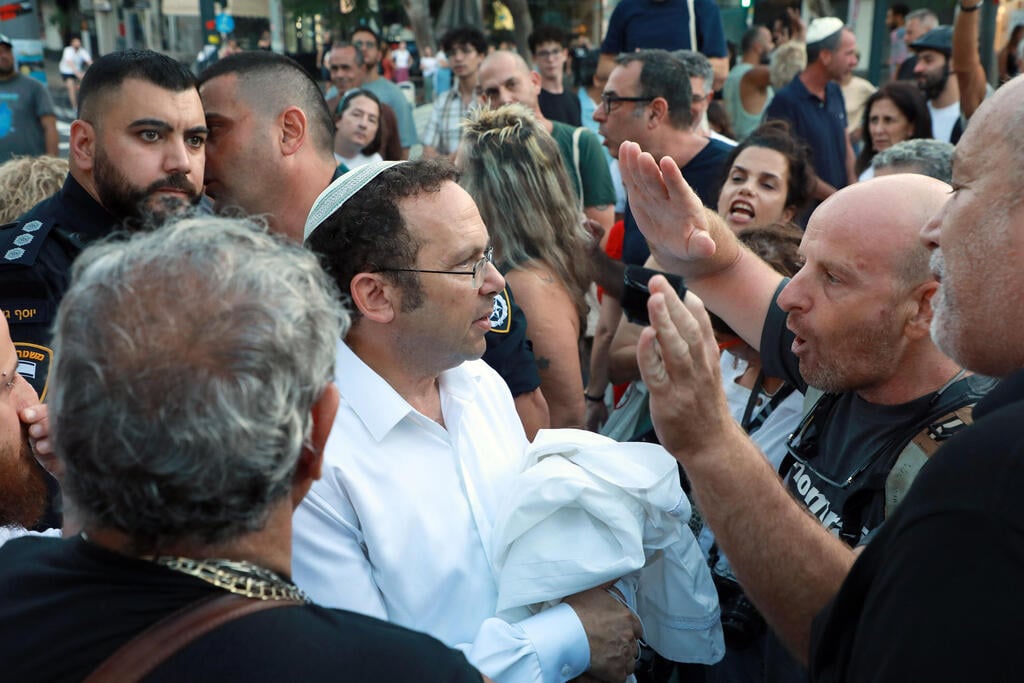

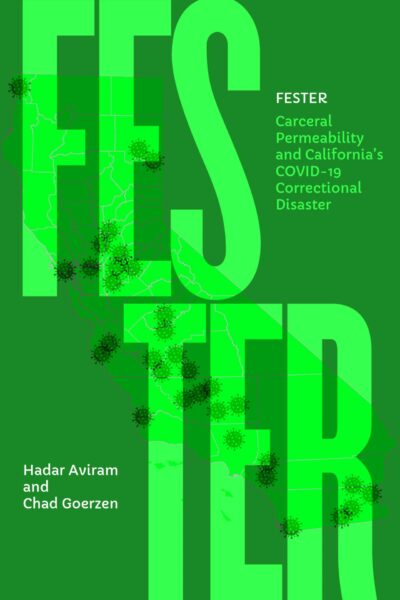
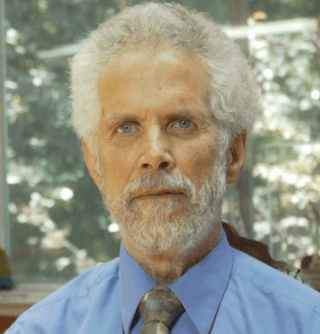

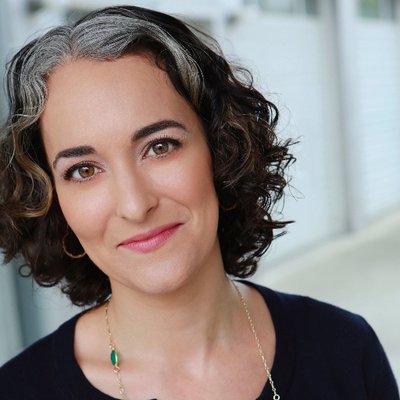

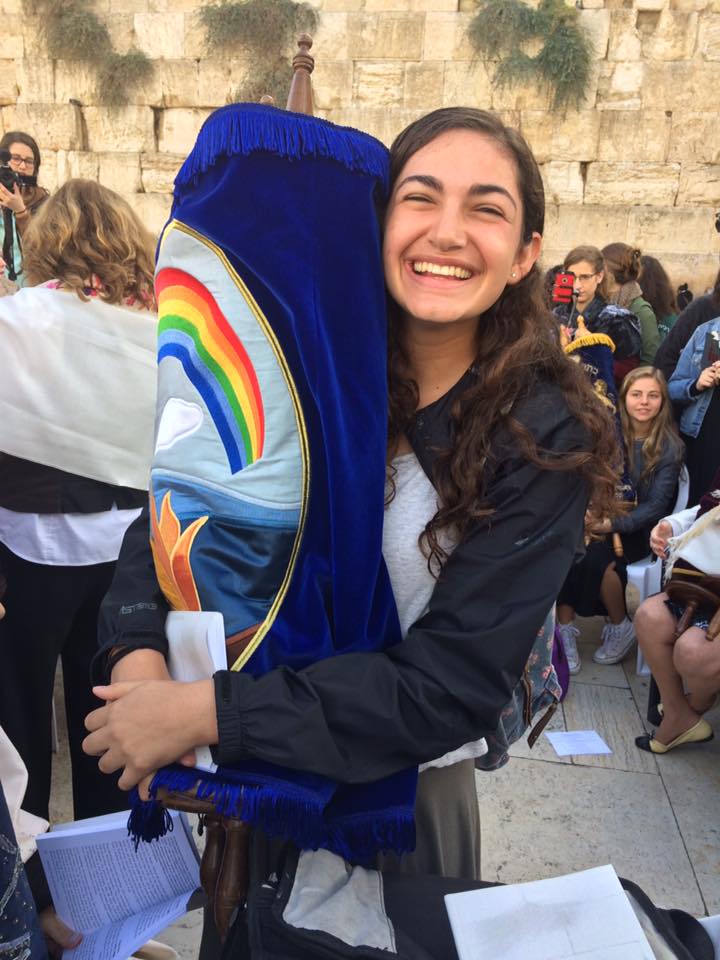


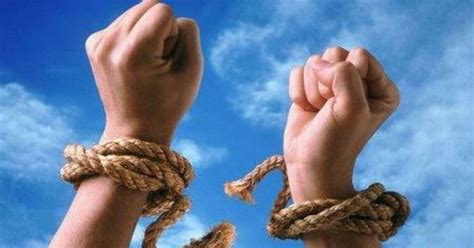


FESTER Wins ASC Book Award